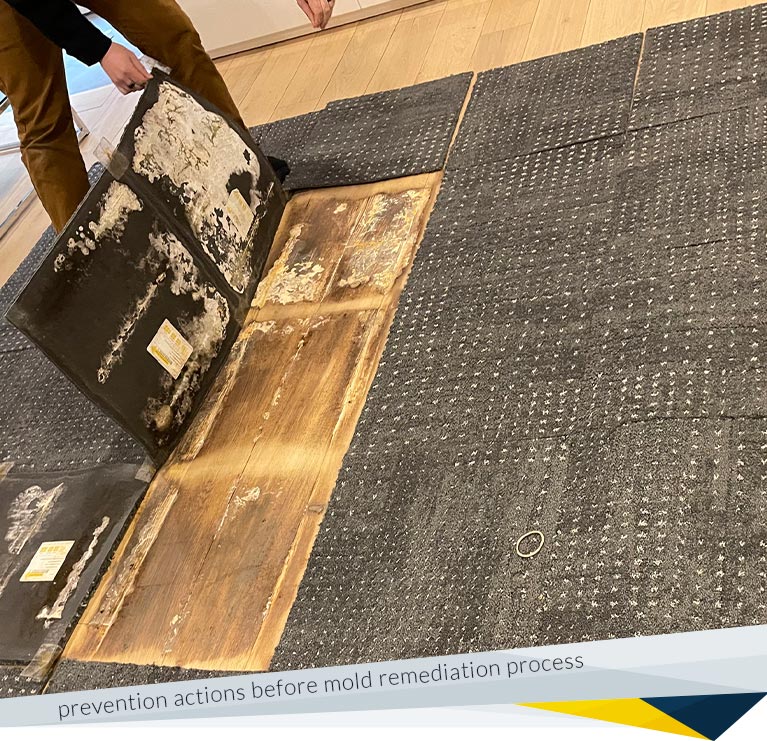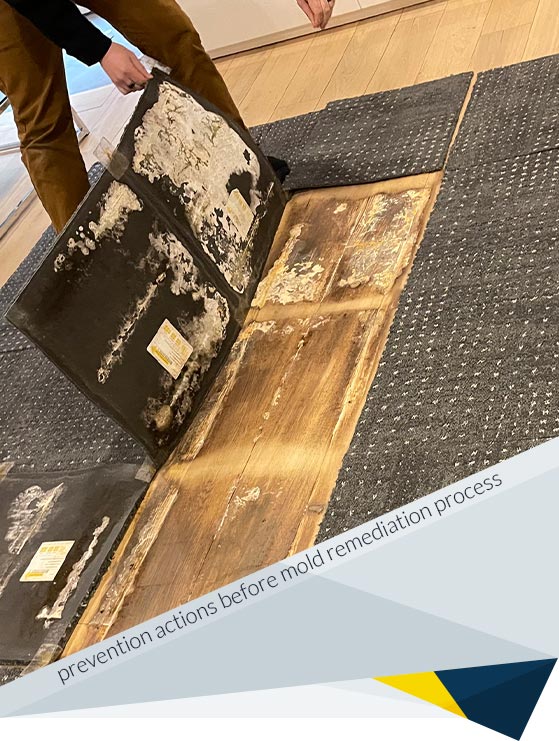
A famous saying goes: An ounce of prevention is better than a pound of cure. This is the perfect motto when it comes to mold in your home. Mold prevention will help us to prepare the area for mold remediation, so after we leave your place mold will not return.
In the first step, we discussed mold inspection. It's an important thing to do when you smell something musty and when you see traces of mold beginning to grow anywhere in your home.
In the second step, we will discuss how do we take prevention actions, prior to the mold removal process.
Moisture is the root of all mold growth. It is present in every step of the mold's life cycle. Through moisture, spores spread in the environment and stick everywhere. Moisture also gives spores the nutrients needed to grow and spread.
Without moisture, mold doesn't thrive. So it must be eliminated to ensure prevention. The source of such moisture must be addressed. When there is a leak, it must be fixed right away, and the affected area must be dried out completely. All moisture must be removed.
According to the Environmental Protection Agency, these are the most common things that cause moisture at home:
It is only when the source of moisture is eliminated that mold prevention is possible.

Professional mold remediators have a collection of tools that make checking for moisture and removing it fast and efficient.
Here are some important tools:
A dehumidifier has a fan that draws warm, moist air from the environment. It goes into the equipment and is cooled through a dehumidifying medium. The air is sent back out to the room with less moisture.
According to the Centers for Disease Control and Prevention (CDC), the ideal humidity level in a home should be 50% or lower throughout the day.
A moisture meter is usually used in construction sites to determine the amount of water in a material. It is used at home to check the moisture levels of the wall or ceiling, which can point to areas affected by leaks, even if they are hidden.
An air purifier doesn't remove moisture indoors, but it effectively captures mold spores in the air. This way, the spores won't attach to any moist surface and grow and spread.
HEPA stands for high-efficiency particulate air, which refers to vacuum filters that effectively capture microorganisms that otherwise escape vacuum cleaners. HEPA filters can capture 99.97% of mold spores and other small particles on surfaces.
These tools in combination with years of experience not only help our specialists to eliminate the source of moisture; it will also help us to prepare the area for a successful mold remediation process.
Mold spores are always present in the environment. The good thing is that you can keep mold from growing and spreading in your home.
Here is a step-by-step guide for our mold prevention process:
We already know moisture is the culprit in the spread of mold at home, so the first thing to do is to identify the areas it is present. Professional mold removal services use moisture meters to locate damp areas at home.
FDP Mold Remediation uses all the latest equipment to locate the source of moisture in homes and the rest of the prevention process, from mold testing kits to high-tech cameras. We also have HEPA-filtration units to create negative air pressure chambers.
Once the source has been identified, the problem must be repaired to stop the entrance of water or moisture. For example, if there is a leak due to a broken pipe, damaged roof, or condensation behind your walls you need to get it fixed or replaced as soon as possible. Once the problem is fixed, we can start to eliminate the mold from your home in the most efficient way.
Just because the source of moisture has been resolved doesn't mean the work is done. After fixing the broken pipe, you must still eliminate all remaining water. We extract or dry off all excess water and point a fan in the affected area. A dehumidifier can complete the process.
After all these steps, we can proceed with the mold removal or remediation process.
Mold prevention, as a pre-step of mold removal, is one of the key points in the process. We do not skip this step because before removing the mold, we need to be assured that the source of the moisture will be eliminated.
Also, the main goal of mold prevention is to ensure the problem will not return after we leave your place. When it's done, the area is then ready for the next step in a mold remediation process: mold containment. It is the process of securing the area where the mold has spread to limit the exposure of the occupants.
Mold is not just simple dirt you can easily remove with a damp cloth. It can spread and cause health problems in your household.
According to the CDC, molds can cause the following:
Asthmatic people usually have severe reactions to molds. Those with chronic lung conditions may also get lung infections from molds.
Molds will also damage the things they have spread on. Plus, they are eyesores.
You can prevent all of these health issues and property damage by calling our team of experts to remove mold infestations immediately. The problem will get worse if you don't act fast.
Our team of mold specialists has years of experience providing full-service solutions, inspection, testing, and remediation. We have the certifications to prove our professional skills, including those from the Institute of Inspection Cleaning and Restoration Certification, the EPA, and the Mold Inspection Consulting & Remediation Organization.
In the case of rebuilding, only our licensed contractors will work on your home.
Moreover, our professional mold removal services only use advanced equipment and techniques to perform thorough mold removal and remediation.
Molds are annoying to look at, but they have the worst effect on your health. Make sure all occupants at home live in a clean and healthy environment by removing traces of molds because they can quickly spread. Allow our mold specialists to handle mold removal to ensure the problem never comes back.
Consult with our mold specialist by calling 877-421-2614 or scheduling a mold inspection today.



